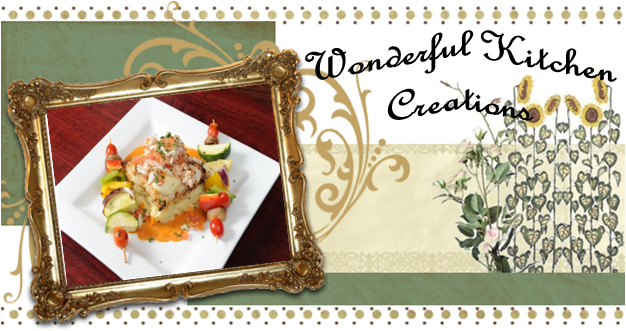
When cooking with cheese, there are just a few important points to keep in mind:
•The less you heat cheese, the better. When making soup, sauce, or fondue, add the cheese last; then heat it only long enough to melt. Don't let it boil or it will become tough and curdled. Often, you can remove the pan from the burner; the residual heat will melt the cheese.
•The less you heat cheese, the better. When making soup, sauce, or fondue, add the cheese last; then heat it only long enough to melt. Don't let it boil or it will become tough and curdled. Often, you can remove the pan from the burner; the residual heat will melt the cheese.
•Shred, crumble, or finely dice the cheese before heating to ensure quick, smooth melting. (Remember that it's much easier to shred or dice cheese when it's cold.)
•Allow the shredded cheese to come to room temperature before adding it to a hot mixture.
•Starch (such as all-purpose flour, cornstarch, or potato flour) will keep the cheese from curdling. If using all-purpose flour, add it to the mixture before the cheese; it needs to be cooked for a few minutes to remove the starchy taste.
•Adding an acidic ingredient such as wine or lemon juice will help prevent the cheese from becoming stringy. This is why most fondues have a base of white wine. Simply sprinkle some lemon juice over the shredded cheese before heating it.
•Reduced-fat cheeses have different melting characteristics than regular cheeses. They will take longer to melt and will be tougher. Be sure to shred reduced-fat cheese very finely, and allow it to melt over very low heat while stirring constantly.

No comments:
Post a Comment